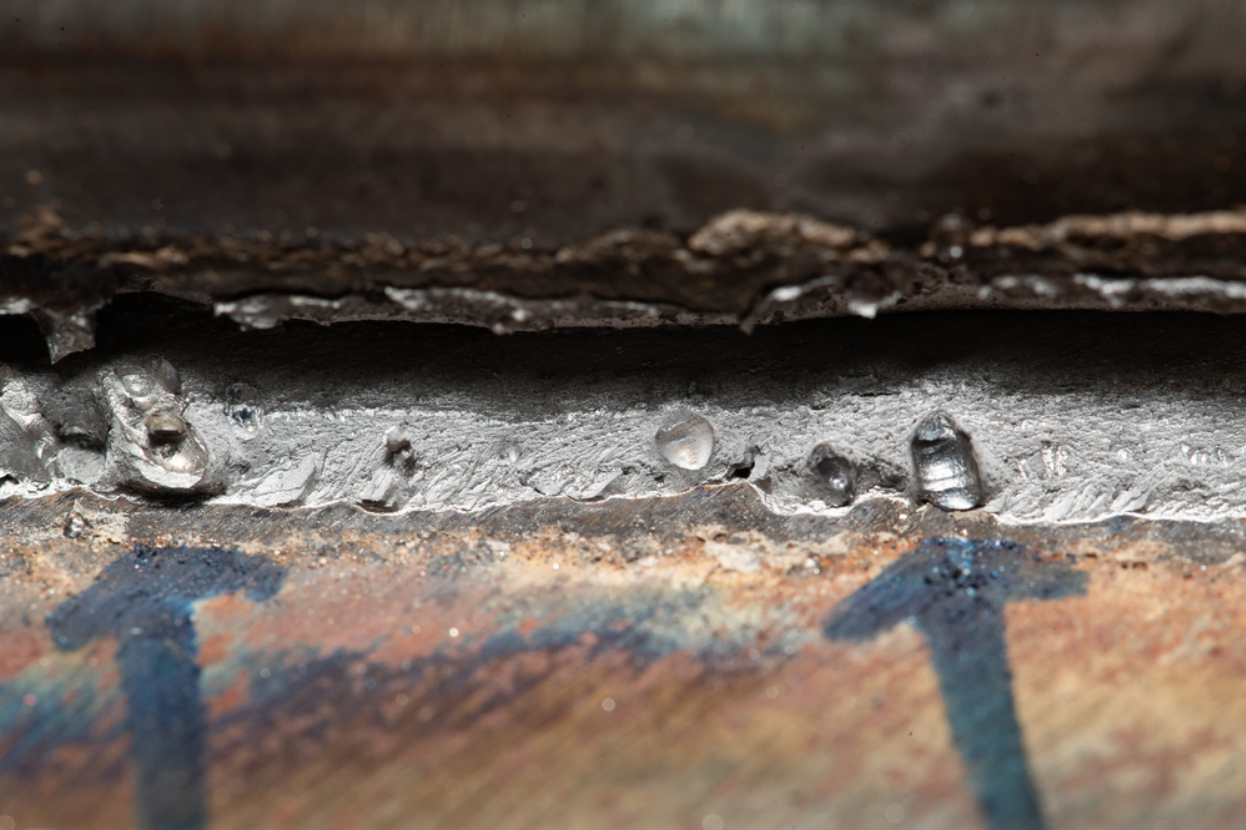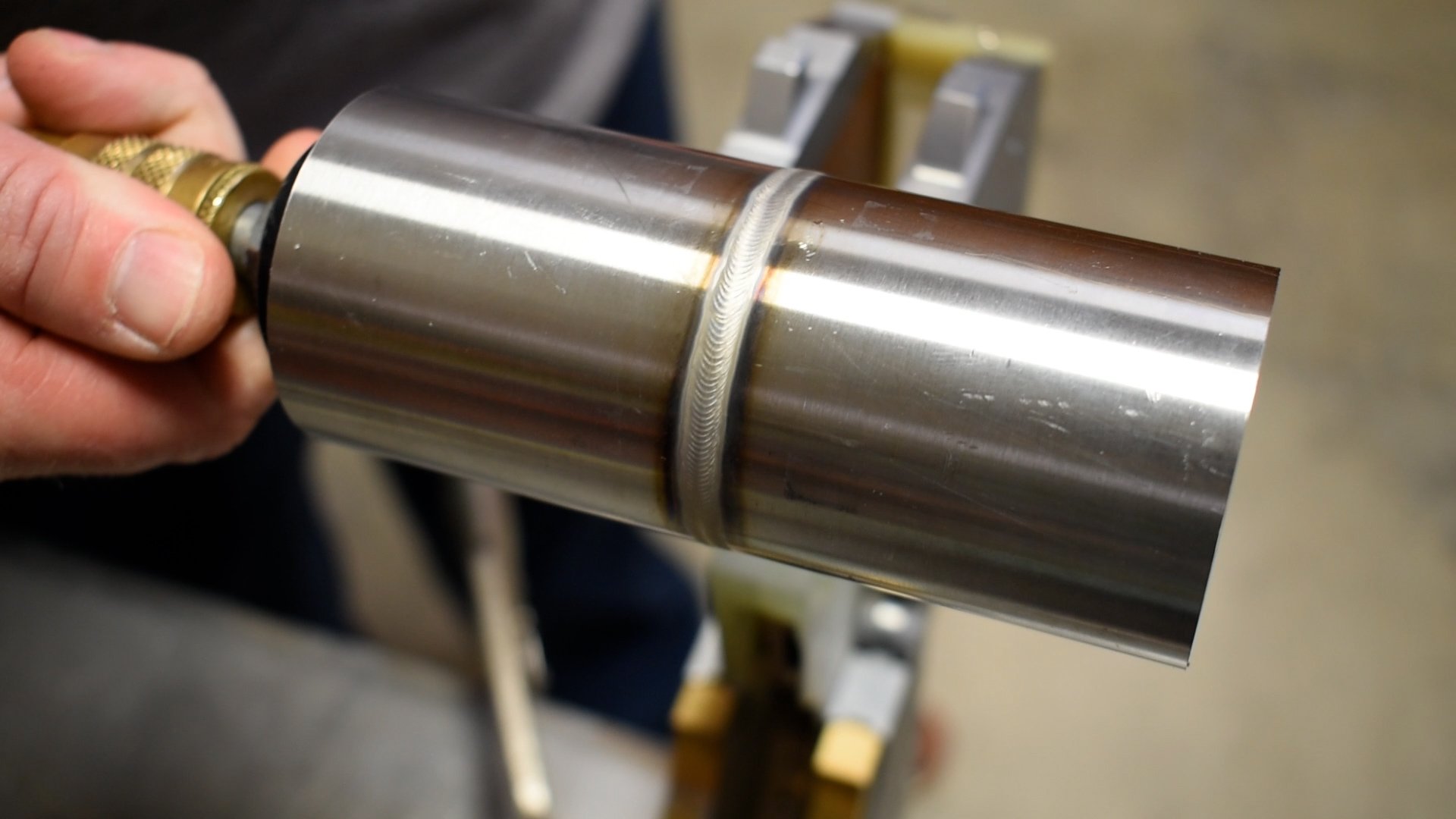Important Tips for Welders: Avoiding Undercut Welding and Ensuring Stronger Weld Joints
In the realm of welding, attaining solid and resilient weld joints is the foundation of creating top notch job. One usual challenge that welders typically encounter is undercut welding, which can endanger the integrity of the weld joint.

Comprehending Undercut Welding
Undercut welding is a typical welding problem that takes place when the weld metal fails to properly load the groove and causes a groove-like depression along the weld grain. This defect compromises the weld joint, making it at risk to fracturing and failure under stress and anxiety. Damaging can be created by various variables, including excessive welding present, high welding rate, improper electrode angle, wrong electrode size, and inadequate welding technique.
Among the primary reasons for undercut welding is an inequality between the welding current and the welding speed. If the welding current is too high or the welding rate is too fast, the weld steel might not appropriately fill up the groove, bring about damaging. Furthermore, utilizing an electrode that is also large can result in a similar outcome, as the excess metal can not effectively flow into the groove.
To stop undercut welding, welders need to guarantee they are utilizing the correct welding specifications, maintain an ideal electrode angle, pick the appropriate electrode size, and practice proper welding techniques. By attending to these aspects, welders can lessen the threat of damaging and produce more powerful, a lot more trusted weld joints.
Correct Welding Strategy
Effective welding strategy plays a vital function in ensuring the top quality and stability of weld joints. One fundamental facet of appropriate welding technique is keeping the appropriate angle and range between the welding weapon and the work surface.
Additionally, a steady and constant hand movement is crucial for producing solid and long lasting weld joints. Welders should go for smooth, uniform motions to ensure also distribution of the weld material. Correct control of the welding weapon and filler material is additionally key to attaining ideal penetration and fusion.
Additionally, managing the warm input and selecting the suitable welding parameters based upon the product being welded are crucial variables in attaining premium welds - Preventing weld undercut. Welders should follow the advised settings supplied by welding treatment specifications and change them as required based upon the particular demands of the task. By mastering appropriate welding methods, welders can significantly enhance the stamina and integrity of their weld joints
Picking the Right Electrode
When thinking about the value of picking the appropriate electrode in welding applications,Keeping the correct angle and distance between the welding gun and the workpiece is fundamental. The choice of electrode plays an important function in figuring out the top quality and toughness of the weld joint. Electrodes can be found in numerous kinds, each created for certain objectives and products.
First of all, choosing the suitable electrode diameter is important. Thinner electrodes appropriate for welding thin materials, while thicker electrodes are my link much better for thicker products and greater warm applications. Matching the electrode diameter to the thickness of the work surface aids accomplish a balanced weld.
Second of all, comprehending the material structure of the electrode is important. Different electrodes are designed for welding specific products like steel, stainless-steel, light weight aluminum, or cast iron. Utilizing the appropriate electrode material makes certain excellent combination and lessens the risk of defects in the weld.
Lastly, taking into consideration the welding placement and method is essential when choosing the electrode kind. Specific electrodes are better matched for upright or overhanging welding placements, while others work well for level or straight positions. Selecting the appropriate electrode based upon the welding method enhances the total weld high quality and stability.
Preparing the Base Metal
To ensure a successful welding procedure, what initial steps should be taken when preparing the base metal for welding? In addition, any existing weld material or deposit from previous welding should be eliminated to make sure a tidy surface for the new weld.

Performing Post-Weld Assessments

After carrying out these evaluations, welders need to compare the results against industry criteria and task needs to make sure that the weld joint satisfies all required criteria. Any insufficiencies or inconsistencies uncovered throughout the post-weld evaluation ought to be promptly resolved with suitable corrective actions to ensure the weld's honesty. By faithfully carrying out post-weld evaluations and promptly attending to any type of see this concerns, welders can maintain the quality and integrity of their work, inevitably adding to the safety and security and durability of the welded structures.
Conclusion

Finally, preventing undercut welding and ensuring more powerful weld joints require a mix of appropriate welding strategy, selecting the appropriate electrode, preparing the base steel properly, and performing post-weld evaluations. By recognizing the sources of undercut welding and applying the required preventative measures, welders can create high-grade weld joints that satisfy sector requirements and make certain the architectural integrity of the bonded elements.
Undercut welding is a common welding flaw that happens when the weld metal falls short to appropriately load the groove and results in a groove-like depression along the weld bead (Preventing weld undercut). Damaging can be triggered by different factors, including excessive welding present, high welding official site rate, improper electrode angle, inaccurate electrode size, and bad welding strategy
One of the major reasons for undercut welding is a discrepancy in between the welding existing and the welding rate. If the welding current is too high or the welding speed is too fast, the weld metal may not appropriately fill the groove, leading to undercutting.Maintaining the correct angle and distance between the welding gun and the work surface is basic when taking into consideration the importance of choosing the best electrode in welding applications.